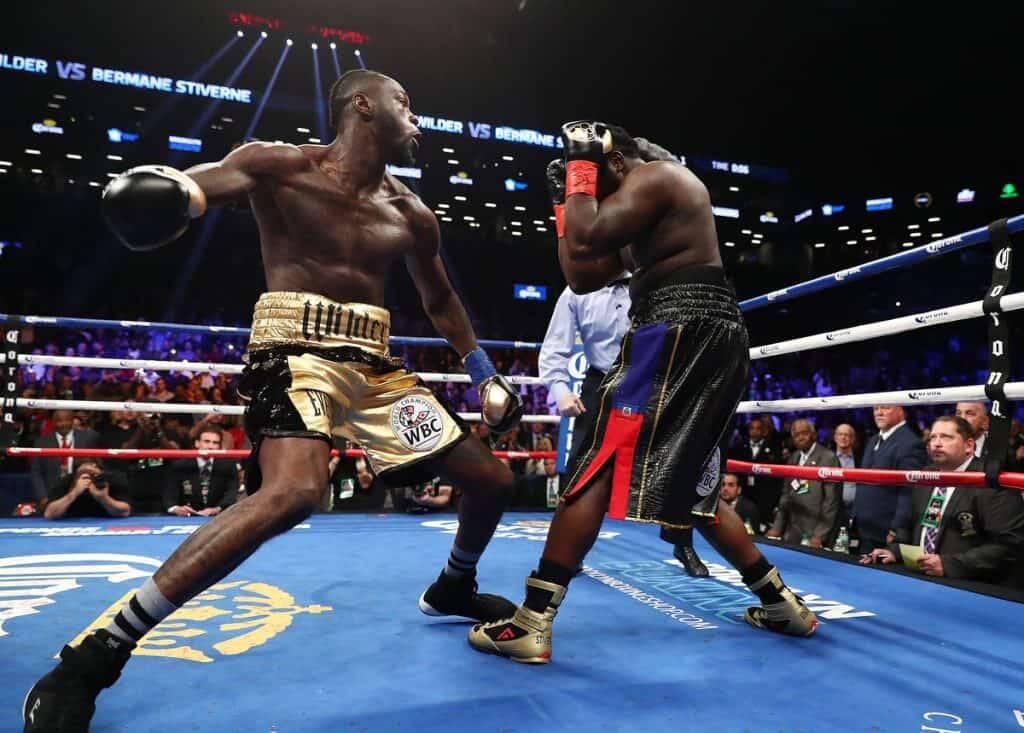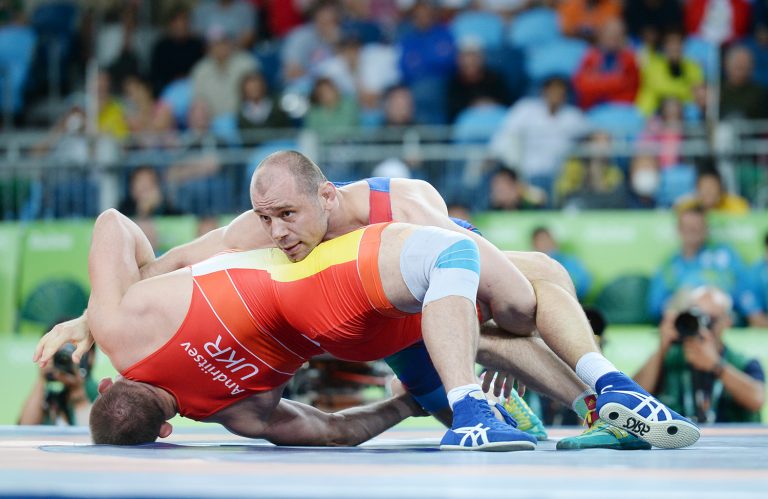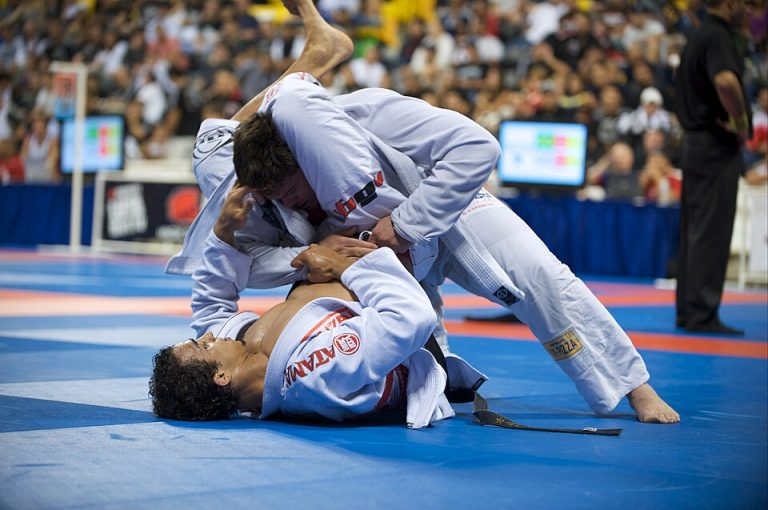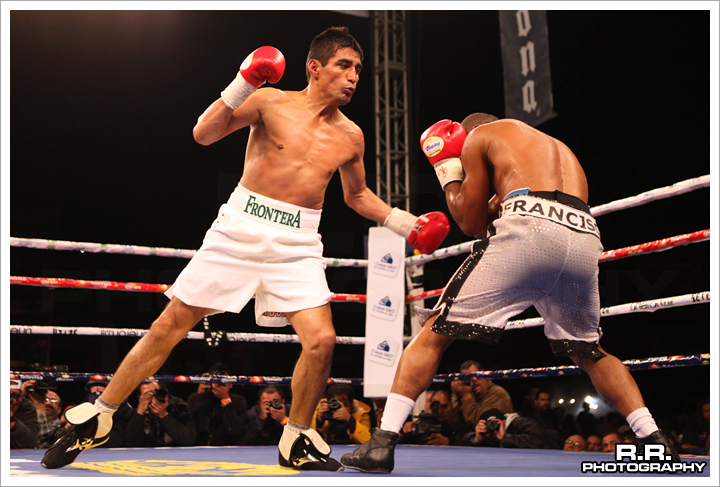
The haymaker punch is the drama queen of boxing. It’s flashy, packs a wallop, and the crowd goes wild when it lands. But throw it recklessly, and you’ll end up looking like a windmill in a hurricane—exhausted, off-balance, and ripe for a counterattack.
At MMA Martial, we’re here to teach you how to throw this knockout blow effectively, safely, and strategically.
What Is a Haymaker Punch? (And Why It’s Not Just a Wild Swing)
The haymaker is a wide, looping power punch typically aimed at the side of an opponent’s head or jaw. Unlike a textbook jab or straight cross, it’s thrown with maximum rotational force from the hips and shoulders. But here’s the kicker: A proper haymaker isn’t just a wild Hail Mary swing. It’s a calculated risk.
The three key traits of a haymaker punch are:
- Wide-arc: The punch travels in a circular motion, generating power from momentum.
- Full-body engagement: Hips, core, legs, and shoulders all contribute to the force.
- Close- to mid-range: Works best when your opponent is within arm’s reach (or leaning into you).
Fun fact: The term “haymaker” comes from 19th-century farmers who’d mimic the motion of swinging a scythe to cut hay. Let’s just say those farmers probably had knockout-worthy shoulders.
How to Throw a Haymaker Punch: Step-by-Step Breakdown
Throwing a haymaker isn’t rocket science, but it does require precision. Skip these steps, and you’ll be the one eating canvas.
- Set Your Stance (No, Your Feet Aren’t Just for Standing)
- Stand in a boxing stance (orthodox or southpaw), knees slightly bent, weight balanced. Your lead foot should point toward your opponent while your back foot stays at a 45-degree angle for stability.
- Keep your non-punching hand glued to your face. Your jaw isn’t a speed bag.
- Pivot Like You’re Squashing a Bug
- Rotate your back foot (right foot for orthodox, left for southpaw) as you initiate the punch. Imagine twisting to crush a bug under your heel—this engages your hips and core.
- Your shoulders should follow the rotation. If you’re not hearing joints crack (kidding… mostly), you’re not pivoting hard enough.
Pro tip: Your heel should lift slightly during the pivot to maximize torque. Think of it as “unscrewing” your foot from the floor.
- Channel Your Inner Trebuchet
- Swing your punching arm in a wide, horizontal arc. Your elbow should be slightly bent (around 120 degrees) to avoid hyperextension—nobody wants a spaghetti arm.
- Aim for the side of the jaw or temple—the sweet spots for a knockout. For body shots, target the floating ribs or liver.
- Exhale sharply as you throw the punch. This tightens your core and adds power, like a piston firing.
- Protect Yourself at All Times
- After throwing, immediatelyreset to your guard. A missed haymaker leaves you wide open for counters.
- Practice retracting your arm as fast as you throw it. Think of it as a “snap” rather than a push.
Drill this motion slowly first. Speed without control is just chaos in motion.
Common Mistakes (And How to Avoid Them)
Even seasoned fighters botch the haymaker. Here’s what not to do:
- Telegraphing the punch: Avoid dramatic wind-ups. Your opponent isn’t waiting for a PowerPoint presentation on your next move. Keep it subtle until the last millisecond. Disguise the haymaker by setting it up with jabs or feints.
- Over-rotating: Your punch should travel 180 degrees, not 360. Over-rotate and you’ll end up facing the crowd (and your opponent’s fist). To fix this, practice stopping your rotation the moment your punch extends fully.
- Neglecting defense: Never drop your guard.
- Holding your breath: Forgetting to exhale reduces power and slows recovery. Make a sharp “shhh” sound to force the air out as you punch.
When Should You Throw a Haymaker? Timing Is Everything
The haymaker is a high-risk, high-reward move. Use it strategically:
- Counterattacks:When your opponent overcommits (e.g., misses a jab or lunges forward).
- Against tired opponents:Slow reflexes = higher chance of landing. Look for heavy breathing or drooping guard.
- To end a fight:Go for the knockout if you’re confident you can exploit an opening.
But avoid haymakers in these scenarios:
- Against a skilled defensive fighter(they’ll slip and counter). Example: Floyd Mayweather would feast on reckless haymakers.
- When gassed out(you’ll throw slower and leave yourself exposed).
3 Drills to Improve Your Haymaker Punch
Want to turn your haymaker into a wrecking ball? Try these drills:
- Heavy Bag Work
- Practice throwing haymakers at 50% power, focusing on form. Gradually increase speed.
- Mix haymakers with combos (e.g., jab-cross-haymaker) to simulate real fights.
- Reps:3 sets of 10–12 punches per side.
- Shadowboxing with Weights
- Use 1–2 lb dumbbells to build shoulder endurance and speed. Focus on keeping your elbows tight during recovery.
- Pro tip:Film yourself to check for telegraphing. If your grandma can see the punch coming from the video, so can your opponent.
- Partner Mitt Drills
- Have a partner call out when to throw the haymaker. This sharpens reaction time. Example: They slap their thigh as your cue to swing.
- Advanced variation: Have your partner randomly switch between mitts and slip movements to mimic dodges.
Strength Training for Haymaker Power
Power starts in the gym. Strengthen these muscle groups with targeted exercises:
- Rotational core:Russian twists (3 sets of 20 reps), woodchoppers (3×15 per side), and medicine ball slams (4×12).
- Shoulders and back:Pull-ups (4×8–10), kettlebell swings (3×15), and resistance band rotations (2×20).
- Legs:Squats (4×10), lunges (3×12 per leg), and box jumps (3×10).
Recovery tip: Don’t train the same muscle groups daily. Alternate between upper body, lower body, and rest days to avoid overtraining.
Haymaker Punch vs. MMA: Does It Work?
In MMA, haymakers are riskier due to takedowns and elbows. But when used wisely (e.g., against a staggered opponent), they can end fights. Just ask Conor McGregor, whose left hand has sent many foes to dreamland.
Key adjustments for MMA:
- Shorter arc:Reduce the loop to avoid clinch attempts.
- Follow with takedown defense:If you miss, immediately sprawl or pivot away.
- Pair with feints:Fake a takedown to bait your opponent into lowering their hands.
Myths vs. Facts: Debunking Haymaker Misconceptions
- Myth: “Haymakers are only for brawlers.”
Fact: Even technical fighters like Manny Pacquiao use hybrid haymakers by blending them with straighter angles. - Myth: “You need brute strength to land one.”
Fact: Speed and timing matter more. A well-placed haymaker at the right moment can KO someone twice your size.
Frequently Asked Questions
Q: Can a haymaker punch break your hand?
A: Absolutely—if you’re not wearing wraps or gloves. Always protect those knuckles! Focus on landing with your first two knuckles (index and middle finger) to reduce injury risk.
Q: Is the haymaker allowed in amateur boxing?
A: Yes, but referees may penalize wild, uncontrolled swings. Keep it tight and technical to stay in their good graces.
Q: Who has the best haymaker in combat sports history?
A: Deontay Wilder’s right hand is a certified haymaker. Dude’s got hammers for fists.
Q: How does a haymaker differ from a hook?
A: A hook is shorter and tighter, using a 90-degree elbow bend. The haymaker has a wider arc and often starts from a lower position.
Master the Art, Not the Chaos
Landing a fight-ending haymaker punch isn’t just about brute force but timing, technique, and fight IQ. Nail the mechanics, drill relentlessly, and save it for the right moment. Now get out there, throw those hands, and remember: The goal is to knock them out, not yourself.
Read more:
15 Basic Boxing Combos Every Beginner Must Master (Win More Fights!)
Monetizing Your Martial Arts Skillset in the Gig Economy
Master the Philly Shell: 20 Boxing Combinations for Defense & Counterattack Domination
Dricus du Plessis Predicts Sean Strickland vs. Israel Adesanya Rematch: “It Will Be Amazing”







